In direct contradiction to the general trend among my friends and acquaintances, many of whom (especially those that live there) love the place, I’ve never liked Taichung much. I’ve passed through the city many times, and spent quite a few nights there over the years, yet for some reason it’s my least favorite city in Taiwan.
Being an enthusiastic hiker and explorer, it doesn’t help that the scooter rental outfits around Taichung station are (as a whole) the most restrictive, suspicious and least foreigner-friendly bunch I’ve encountered here, and even after I’ve negotiated rental of my machine, it usually takes an unreasonable amount of time to get out of the sprawling city into the surrounding countryside.
Once finally in the mountains there is quite a lot to explore — this is Taiwan after all — but in variety Taichung’s exploring potential doesn’t equal my favorite city escapes such as the hinterlands of Hsinchu, Chiayi and, or course, Taipei.
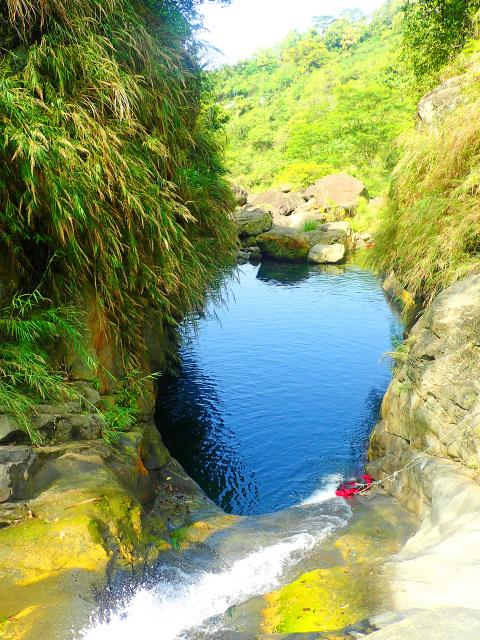
Photo: Richard Saunders
One thing that Taichung does have an abundance of is beautiful sunny weather, and as spring advances and the endless hot months of yet another year loom ahead, river tracing, waterfalls and expanses of natural, scenic water of any kind become especially attractive.
The western seaboard of Taiwan has some nice, under-rated beaches and relatively unspoilt stretches of coastline, but around Taichung the best place to head for a cool down is the mountains. There are some great river tracing opportunities of varying levels of difficulty in the area around Guguan (谷關), but for a place rather closer to the center of the city, and absolutely magical, search out the lovely Fairy Pool (仙女潭).
By road, the Fairy Pool lies 20km due east of Taichung railway station, but it lies at the end of a network of narrow lanes, and since it’s not signposted, the pool is hard to find without good directions, so here goes. Head eastwards out of town along provincial route 136 towards Taiping (太平). Although the first few kilometers through the city are poorly signposted (use Google Maps), this is my favorite way out of the city, as it’s a relatively quick escape from the urban sprawl.
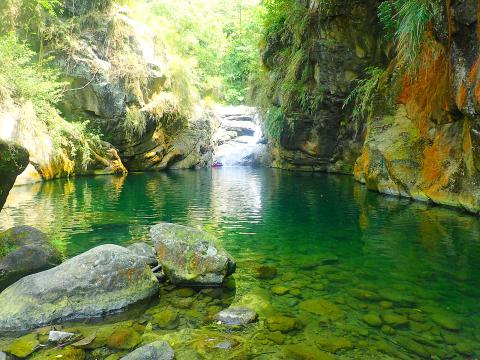
Photo: Richard Saunders
Once through Taiping (nowadays virtually a suburb of greater Taichung) route 136 strikes out into the hills, accompanying a small river that’s cut an attractive route through the foothills of the central mountains. This is an important fruit-growing area, and you’ll see murals depicting the main local produce, delicious loquats, painted on walls, and large adverts for farm shops selling them. The main area of loquat farms, Dahutung (大湖桶), is clearly signposted.
Pass Toubiankeng (頭汴坑) and its Bat Cave (蝙蝠洞) on the right, and three kilometers after the Bat Cave turn left at a settlement called Neimaopu (內茅埔), shortly before Dahutung. Exactly two kilometers down this road (just after passing Zuntian Leisure Farm (尊天休閒農場), turn right off the road onto an area of white concrete that is suffering some serious subsidence.
Park your vehicle here, and follow a trail through the undergrowth that soon becomes a steep scramble down the side of the gorge to the bank of a stream below. Turn left and clamber over and around the boulder-choked stream for 10 to15 minutes, past several attractive small rock pools, to the edge of the beautiful Fairy Pool itself.
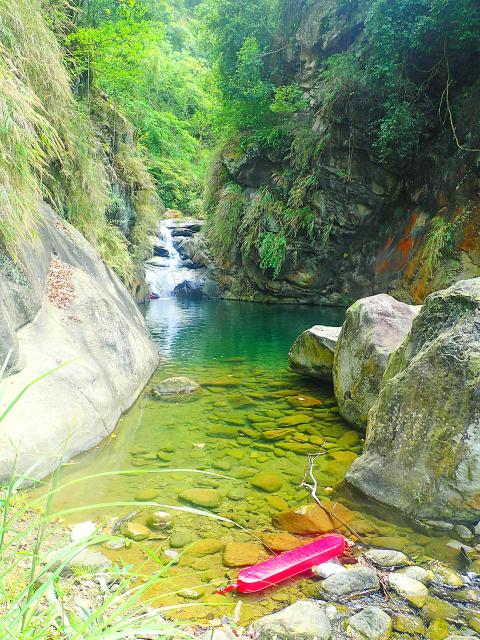
Photo: Richard Saunders
The oval-shaped Fairy Pool isn’t that large — maybe 50 meters long by about 10 meters wide, but it’s deep, the water is cool, pure and a beautiful rich green-blue color. It lies clasped between sheer rock walls, which give it a very secluded atmosphere, making its other name, Hidden Pool (隱潭), very appropriate one. The pool is fed by a waterfall about 10 meters high, which slides down a rocky channel into the pool.
It’s a beautiful place for a swim, and once popular, although these days at least the way there is awkward enough to deter the less determined.
For an easier alternative route, stick to the road, passing the trailhead, and take the next fork on the right a little further. After a minute or two this narrow road (suitable only for scooters) crosses the stream, then bends sharp right, following it down. In about a 100 meters take a dirt trail on the right (conveniently marked by a large red sign telling visitors not to swim in the stream) down to the head of the waterfall. There’s no access to the pool itself from here, but standing beside the top of the waterfall there’s a great view over the deep, secret pool of water below.
Richard Saunders is a classical pianist and writer who has lived in Taiwan since 1993. He’s the founder of a local hiking group, Taipei Hikers, and is the author of six books about Taiwan, including Taiwan 101 and Taipei Escapes. Visit his Web site at www.taiwanoffthebeatentrack.com.
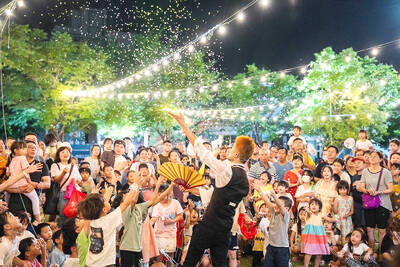
The depressing numbers continue to pile up, like casualty lists after a lost battle. This week, after the government announced the 19th straight month of population decline, the Ministry of the Interior said that Taiwan is expected to lose 6.67 million workers in two waves of retirement over the next 15 years. According to the Ministry of Labor (MOL), Taiwan has a workforce of 11.6 million (as of July). The over-15 population was 20.244 million last year. EARLY RETIREMENT Early retirement is going to make these waves a tsunami. According to the Directorate General of Budget Accounting and Statistics (DGBAS), the

Many will be surprised to discover that the electoral voting numbers in recent elections do not entirely line up with what the actual voting results show. Swing voters decide elections, but in recent elections, the results offer a different and surprisingly consistent message. And there is one overarching theme: a very democratic preference for balance. SOME CAVEATS Putting a number on the number of swing voters is surprisingly slippery. Because swing voters favor different parties depending on the type of election, it is hard to separate die-hard voters leaning towards one party or the other. Complicating matters is that some voters are

Five years ago, on the verge of the first COVID lockdown, I wrote an article asking what seemed to be an extremely niche question: why do some people invert their controls when playing 3D games? A majority of players push down on the controller to make their onscreen character look down, and up to make them look up. But there is a sizable minority who do the opposite, controlling their avatars like a pilot controls a plane, pulling back to go up. For most modern games, this requires going into the settings and reconfiguring the default controls. Why do they
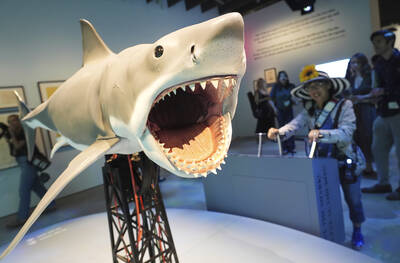
Take one very large shark, a boat (we’re gonna need a bigger one of those) and a movie that ran way over budget and you’ve got all the ingredients of a career-making film for one of Hollywood’s most successful directors. Now fans of Jaws — Steven Spielberg’s terrifying thriller about a man-eating shark — can re-live the movie as it celebrates its 50th anniversary in an exhibition at the Academy Museum in Los Angeles. “The film certainly cost me a pound of flesh, but gave me a ton of career,” Spielberg told reporters as he toured exhibits of props and memorabilia